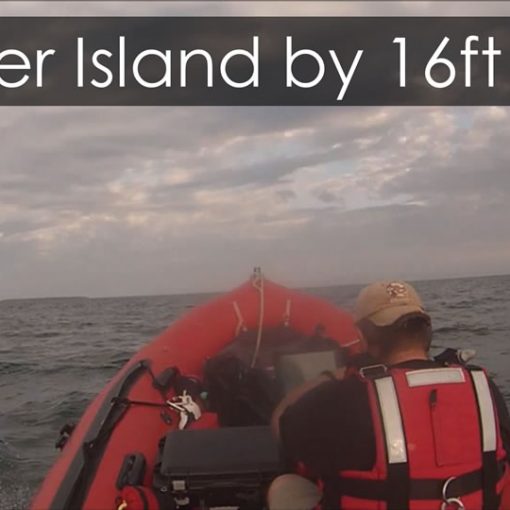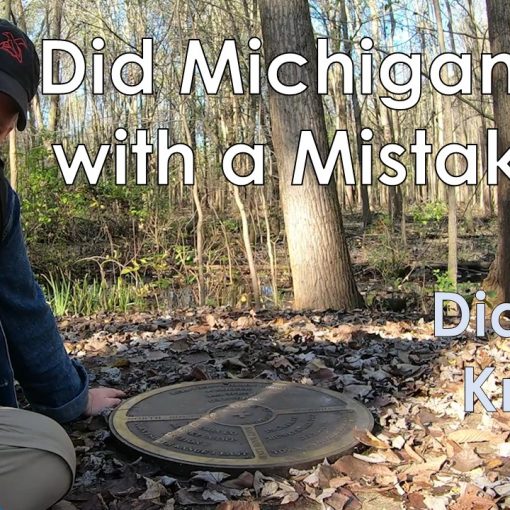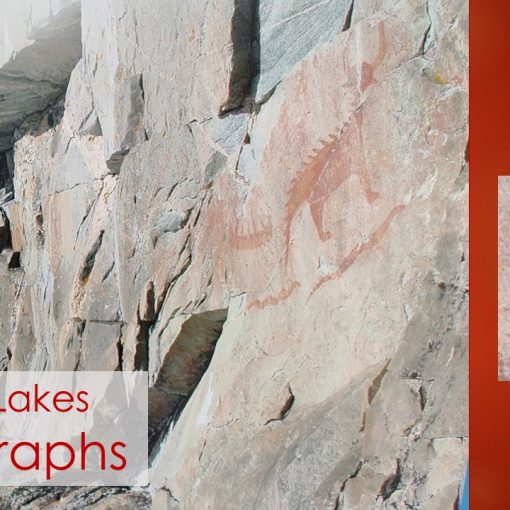A Short History of the Great Lakes (Geologically Speaking)
We will be spending a fair amount of time in the Great Lakes Watershed. That said, I thought it would be appropriate, in the early stages of our Internet presence, to discuss its “beginnings”, so to speak. This article was originally posted in 2010 on the Fortune Bay Expedition Team website. It is pretty interesting and tells the story of how the Great Lakes were formed.
So, at risk of boring the readers to the point that they say, “Yawn” and find something else to do, lets do this. . .
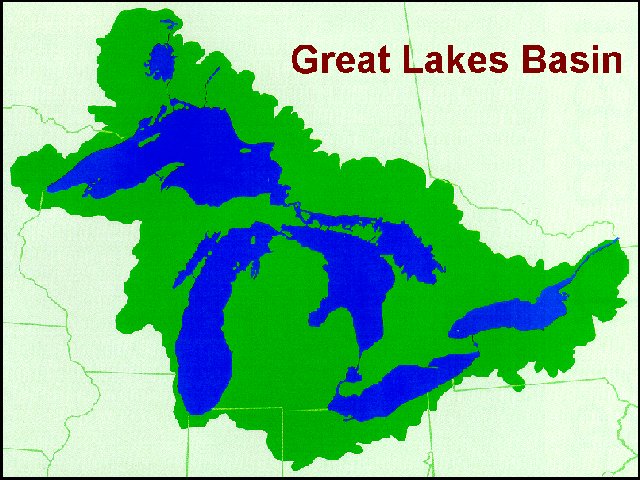
Let us go back 600 million years, when science claims large organisms first appeared. Back when the Great Lakes were a huge bowl of lowlands (called the Michigan Basin), surrounded by towering mountains (called the Shield Uplands). Some accounts of the Shield Uplands estimated their height to be more than 30,000 feet – slightly higher than Mount Everest. This bowl extended south into Ohio and Indiana and west to Wisconsin. The deepest part of the bowl was centered in the lower peninsula of Michigan. This was the Great Lakes – before they were lakes.
This rocky and rusty ring of mountain and basin underwent a slow, 250 million year transformation called the Paleozoic Period. The Paleozoic Period was a simple but powerful process of uplifting mud and sinking sediment. The uplands eroded into the lowlands. The rain, wind and sun crumbled and oozed the stately mountains into the “mixing bowl” basin. The Michigan Basin filled with layers of sludge that compressed and hardened. After millions of decades, six major layers of bedrock filled the basin like a saucer of layered Jell-O. The bare rocks that provided the material for this period, Precambrian Rock, are about 4 billion years old and can still be seen on the northern end of the Great Lakes.

With the bowl filled, an earth-moving occurrence began forming in the north. The Wisconsin Ice Sheet started growing from the Hudson Bay. The process, which began 50,000 years ago, was an advance of a glacier that continued for almost 36,000 years and stretched almost to the Ohio River Valley. In fact, the slowly warming winters are left over evidence of this “Ice Age”. The ice jammed rivers that crack and scrap every winter in the Great Lakes are merely the whimper of this powerful history.
This extraordinary icy cover froze billions of tons of earth and dragged it hundreds of miles south. Then, the region began to slowly warm and the glacier stopped its advance.
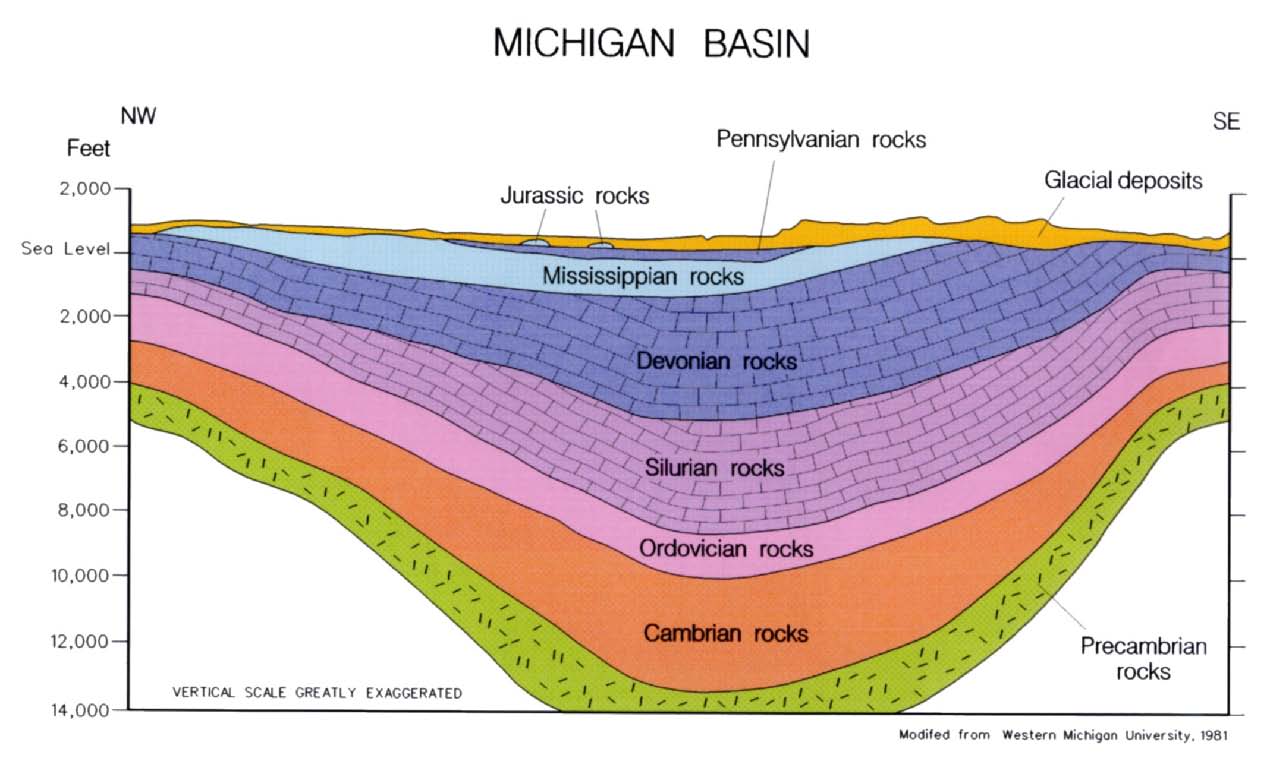
As the region continued warming, the nearly two mile thick glacier started to retreat, leaving behind earthen mounds called a moraines. During the next 14,000 years, the atmosphere warmed and cooled many times, causing the ice to retreat and advance, leaving numerous moraines and a vastly changed landscape.
Ancient river valleys were gouged wider by the earth-moving power of the ice. Lake Chicago appeared as the ancestor of Lake Michigan. It was over 60 feet higher than Lake Michigan is today. The glacier continued its work creating new rivers, valleys and other great lakes, which flooded the Michigan, Erie and Huron Lobes. The Ice Sheet continued to withdraw farther north back to the Hudson Bay and an early likeness of today’s Lake Michigan, Superior, Huron, Erie, and Ontario formed. Lake Chippewa filled the valley 350 feet below the water level that Lake Michigan would someday be.
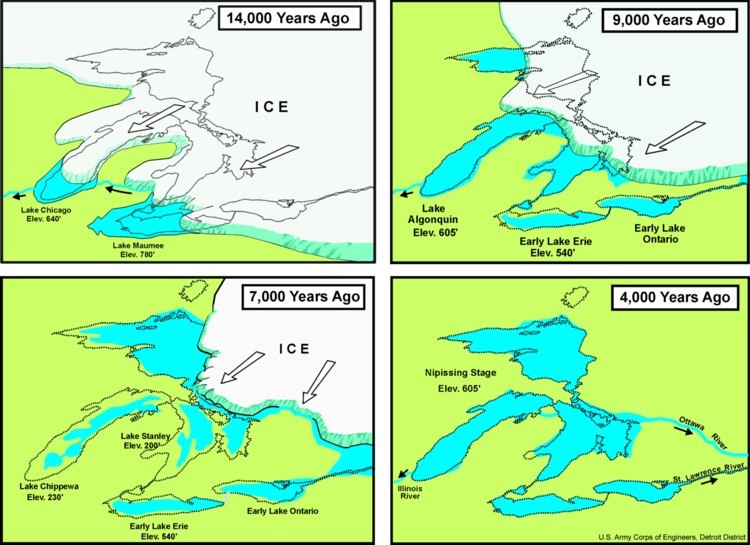
The land in the lake basin, without the weight of the ice sheet, began to rebound and uplift pushing the water higher like a cake baking in the oven. Peninsulas were disconnected from their mainland as the water rose over them, leaving only tips above water which became islands. Large nuggets of ice left behind compressed the soil with their massive weight and melted to create lakes.
While this rather lengthy construction was taking place, humans tentatively crept into the newly created peninsula of Michigan, the coastal states of Indiana, Illinois, Wisconsin, Ohio, New York and the province of Ontario . The first souls to bravely inhabit this sandy and gravelly landscape were the Paleolithic Nomads. These nomads were solely occupied with the business of simply surviving against the backdrop of a 2-mile high escarpment of retreating ice. Necessity dictated that they constantly employ themselves with the tasks of eating lanky stalks of plants, stalking fearsome boars and hunting toothy reptilian beasts. And so, they constructed no permanent residence, and there exists a void of archaeological evidence.
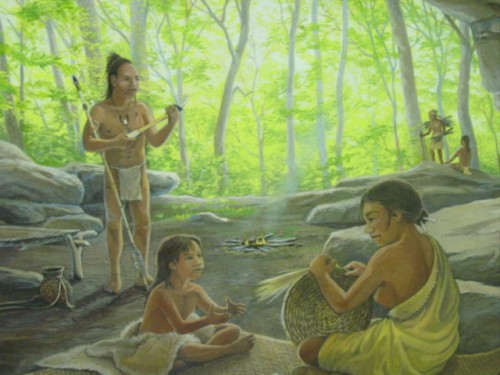
Then, the Archaic Indians wandered more confidently into the newly forming mitten-like land-form and new coastal areas. By the time they existed, the backdrop had changed from a landscape resembling the conclusion of a very large strip mining operation to forests populated with bountiful stocks of fish and game. These natives are widely believed to have settled on the shores of prehistoric Lake Chippewa. Although small fragments of their existence have been discovered in recent times, evidence of these early settlers is rare, due, in large part, to the fact that their waterfront villages are now 350 feet below the surface of Lake Michigan.
By 600 BC, the landscape had changed a great deal and the Lakes were filled with the run off from retreating glaciers. With the water still rising, peninsulas became Islands and whole villages disappeared below the emerald snow-melt. The Woodland Indians inhabited these evolving regions until about 1620 AD when the Europeans began their great expansion into the new world.
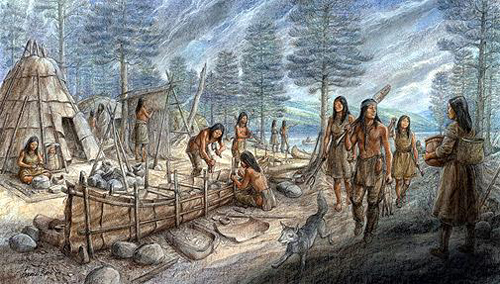
According to many archaeological reports, the greatest achievements of these Woodland people were important advancements in kitchen technology. First, they invented pottery, which made the simple task of carrying water infinitely more efficient. Then, some ambitious soul decided to connect a flexible strand of animal gut to the ends of a hickory pole to create a device for slinging stone tipped spears at furry woodland creatures. These unassuming innovations made the occupations of hunting and gathering far less time consuming and allowed for more leisurely pursuits like cultural advancement, burial of human remains, parties, social interaction and a variety of other activities that create and preserve trash. Of course, this new found leisure allowed the woodlanders to repose about in permanent villages full of labor saving “junk”. Of course today, that “junk” is what we call archaeological evidence and that allows us a glimpse into their lives and society as we dig up the sturdy remains and study them.
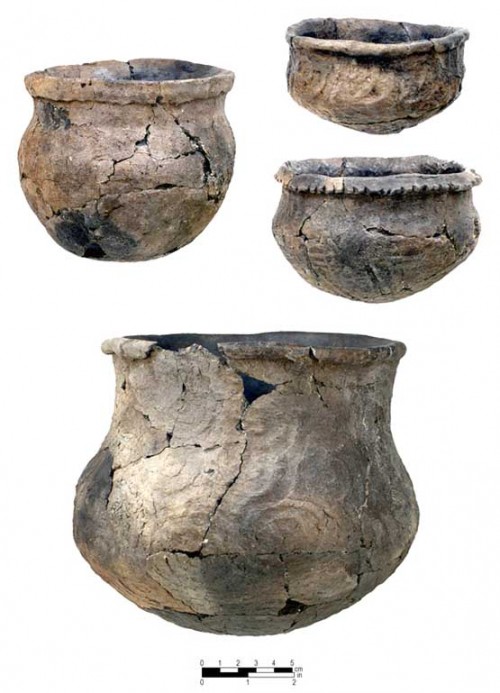
This all brings us to around 1610 AD, where most of our secondary school educations take over and provide us a slightly blurry and perhaps tainted view of history. If you want to know more about what happen in this time period, then visit the numerous state and national parks that are all over the Great Lakes.
It is important to have some of this background as we will spend some time, here at Restless Viking, exploring the Great Lakes Watershed. To get us started, we have reprinted this article form the Fortune Bay Expedition Team.


